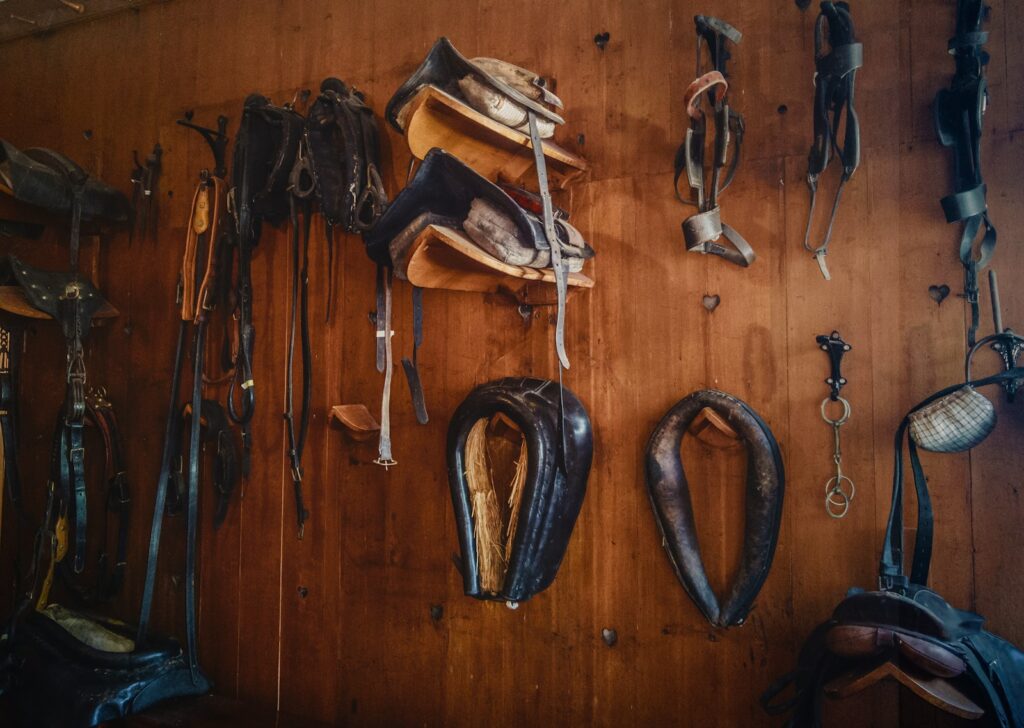When it comes to equestrian activities, few elements are as crucial as the fit of the saddle. A properly fitted saddle serves as the critical interface between horse and rider, affecting everything from performance and comfort to long-term health and safety for both parties. Many equestrians underestimate how significantly saddle fit can impact their riding experience and their horse’s wellbeing. The consequences of an ill-fitting saddle extend far beyond momentary discomfort, potentially leading to behavioral issues, physical injury, and compromised performance. This article explores the multifaceted importance of proper saddle fit, offering insights for riders of all disciplines on how to ensure optimal comfort, safety, and harmony with their equine partners.
Understanding the Anatomy Behind Saddle Fit
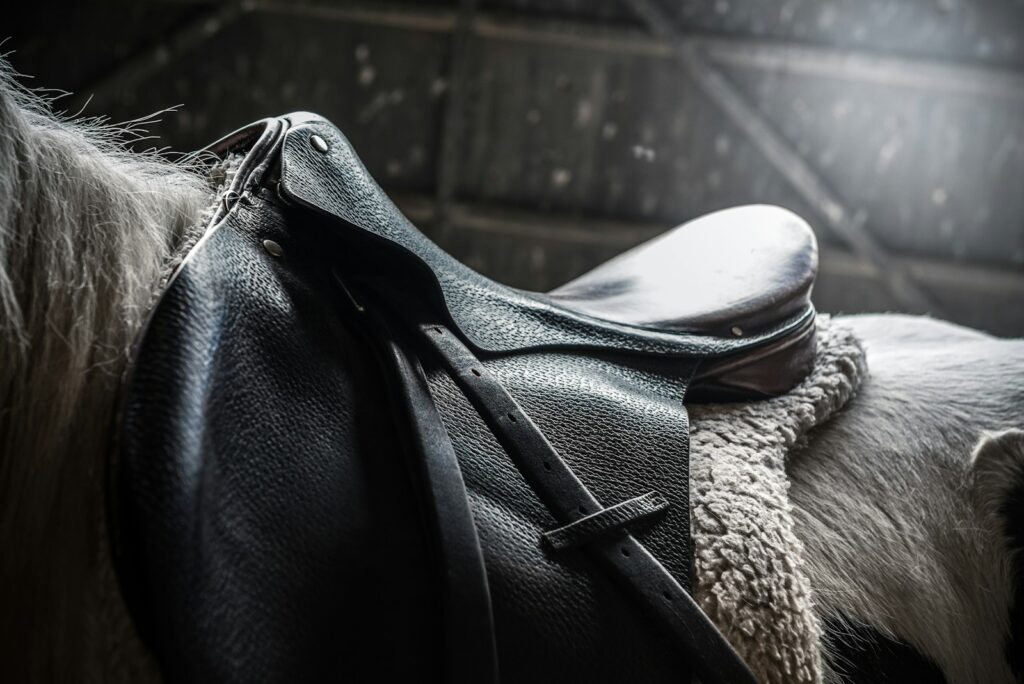
The foundation of proper saddle fit begins with understanding the anatomy of both horse and rider. Horses have vastly different back structures depending on their breed, age, and fitness level, with variations in withers height, back length, and muscle development. A horse’s back is not static either; it changes throughout the animal’s lifetime as they age, gain or lose muscle, or alter fitness levels. For riders, pelvic structure, leg length, and weight distribution all play crucial roles in determining ideal saddle fit. This anatomical relationship is symbiotic—what works for the horse must also work for the rider, creating a balanced partnership where neither party experiences discomfort. Understanding these anatomical considerations provides the necessary background for making informed saddle fitting decisions.
Physical Impact of Poor Saddle Fit on Horses
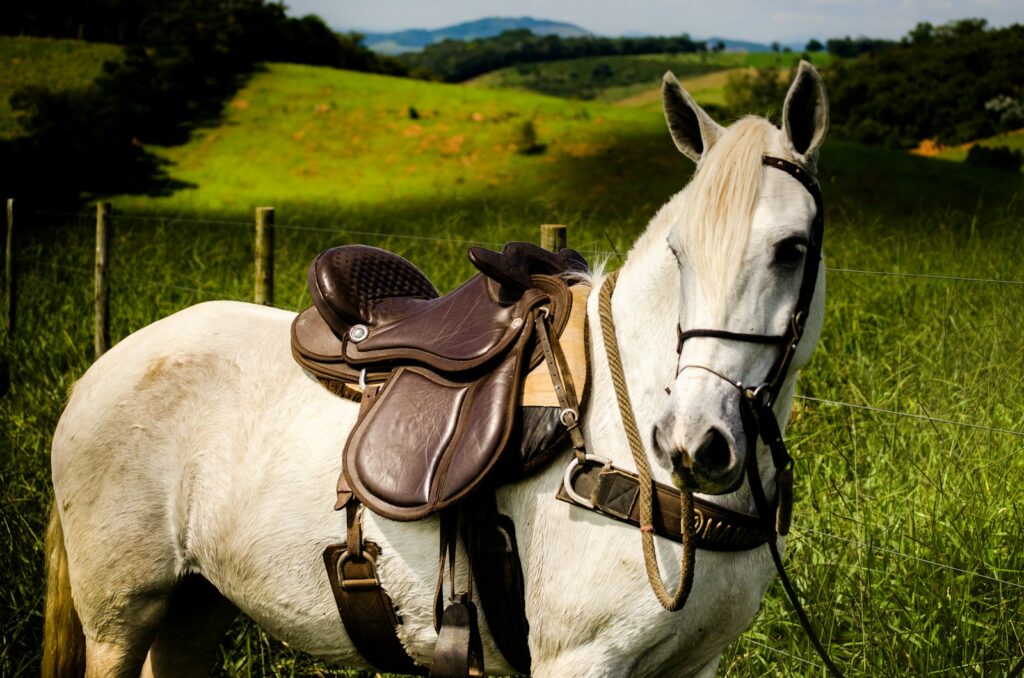
An ill-fitting saddle can cause significant physical damage to a horse over time. Pressure points created by improper fit can lead to muscle atrophy, where tissue actually wastes away from lack of proper circulation and constant pressure. White hairs or sore spots may develop where the saddle pinches or rubs, indicating damaged tissue underneath. More seriously, chronic back pain can develop from an improperly fitted saddle, potentially leading to kissing spine syndrome, where the vertebral processes actually touch or overlap. Some horses develop uneven muscling as they attempt to compensate for pain by moving asymmetrically, creating a cascade of additional physical issues throughout their body. These physical consequences can persist long after the problematic saddle has been replaced, sometimes requiring extensive veterinary intervention and rehabilitation.
Behavioral Signs of Saddle Discomfort

Horses often communicate saddle discomfort through changes in behavior that might otherwise be misinterpreted as training issues or “attitude problems.” A horse experiencing saddle pain may become reluctant to be saddled, pinning their ears or moving away during the saddling process. Under saddle, they might display hollow movement, unwillingness to engage their hindquarters, or resistance to certain movements that increase discomfort. Some horses buck, rear, or bolt when asked to work in painful equipment, while others become progressively duller and more resigned to their discomfort. Tail swishing, head tossing, or inability to maintain consistent gaits can all signal that a horse is experiencing pain from their saddle. Recognizing these behavioral indicators early can prevent the development of serious physical issues and the formation of negative associations with riding.
How Proper Saddle Fit Benefits Rider Biomechanics
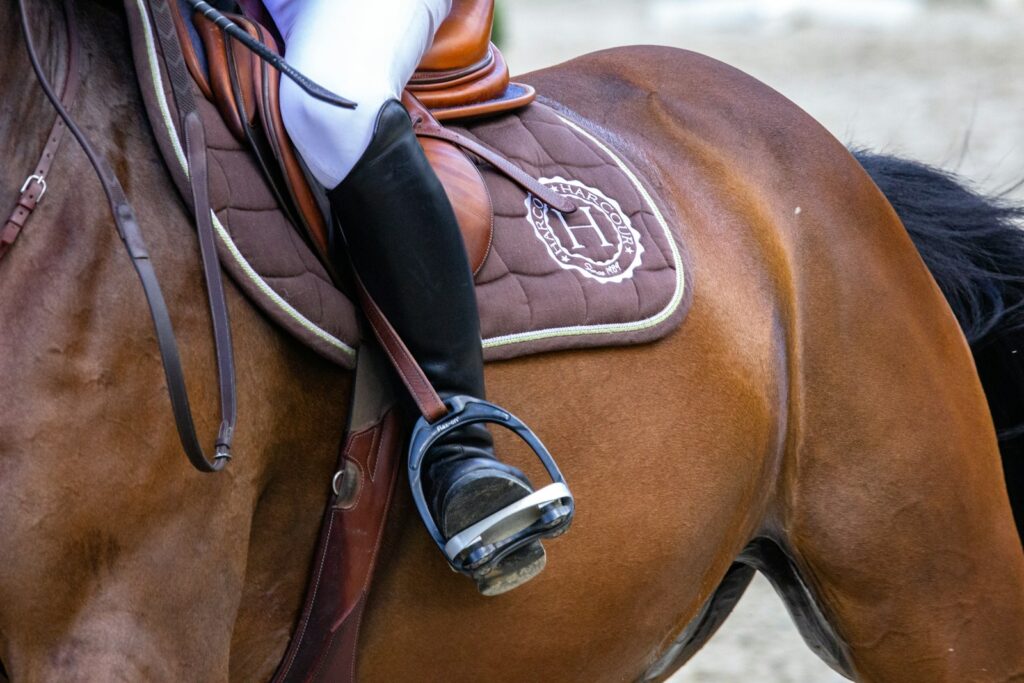
A correctly fitted saddle significantly enhances rider biomechanics, allowing for proper alignment and effective communication with the horse. When seated in a well-fitted saddle, riders naturally align their shoulders, hips, and heels in a balanced position that distributes weight evenly across the horse’s back. This alignment enables the rider to move with the horse rather than against it, facilitating subtle weight and leg aids that form the basis of refined riding. Proper saddle fit also supports the rider’s core stability, reducing fatigue during long rides and decreasing the risk of back pain or other repetitive stress injuries. For competitive riders, enhanced biomechanics translate directly to improved performance scores and the ability to execute technical movements with greater precision and harmony.
Identifying Key Components of Saddle Fit
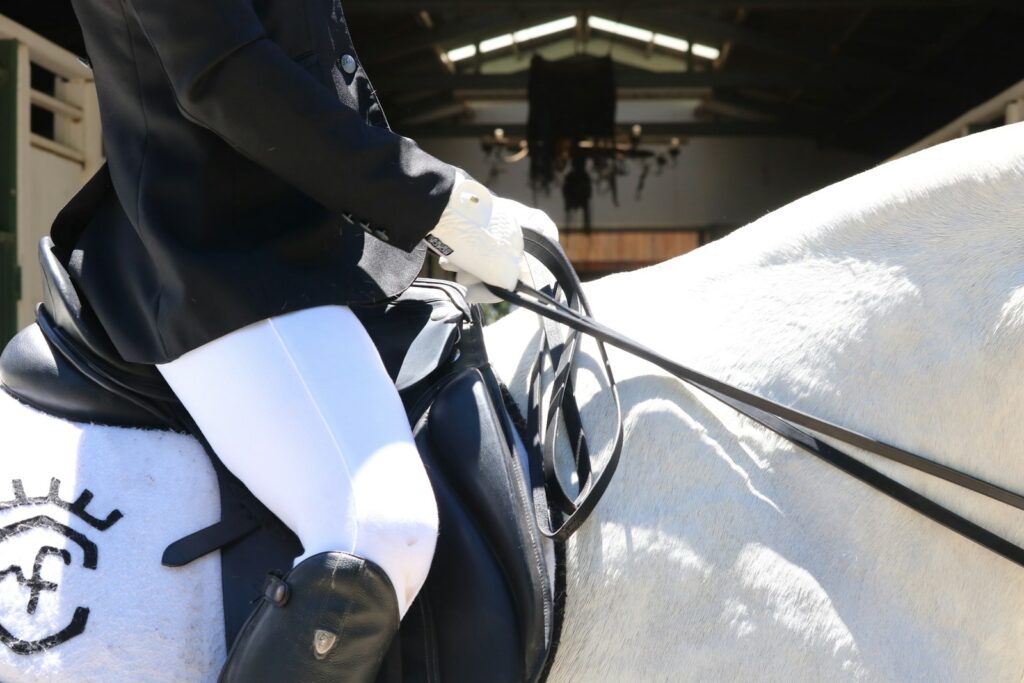
Several critical components determine whether a saddle fits appropriately for both horse and rider. The gullet width must accommodate the horse’s withers without pinching or excessive clearance, while the tree points should follow the angle of the horse’s shoulder without restriction. Panel contact should be even throughout the length of the saddle, distributing rider weight across the horse’s back muscles rather than concentrated on the spine. The seat size and depth must match the rider’s anatomy, allowing them to sit comfortably at the lowest point without feeling cramped or unstable. Flap length and angle need to accommodate the rider’s leg position for their discipline, whether it’s the longer, straighter leg of dressage or the shorter stirrup of jumping. Balance is another crucial element, as the saddle should sit level on the horse’s back without tipping forward or backward, even as the horse moves through different gaits.
Discipline-Specific Saddle Fitting Considerations
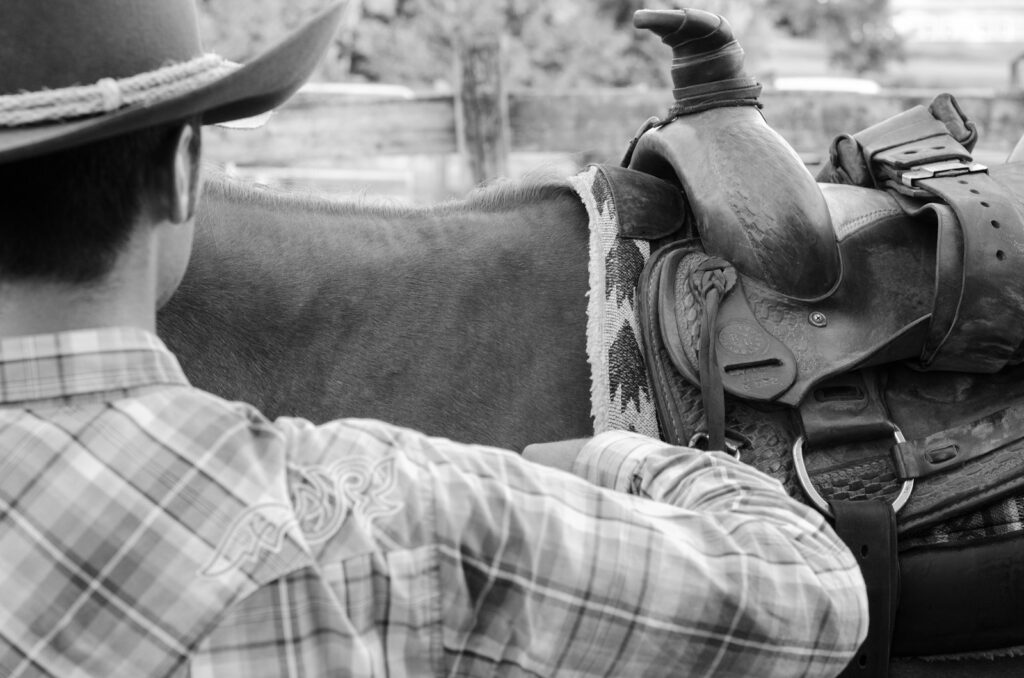
Different riding disciplines place unique demands on both horse and rider, necessitating specialized saddle designs and fitting considerations. Dressage saddles feature straighter flaps and deeper seats to facilitate the longer leg position and subtle movements required for precision work, while needing to accommodate the increased muscling of a dressage horse’s back. Jumping saddles, conversely, have forward-cut flaps and flatter seats that allow riders to assume the two-point position easily without interference, while providing stability over fences. Western saddles distribute weight over a larger surface area and must fit differently around the withers and shoulders than their English counterparts. Endurance saddles prioritize weight reduction and comfort for both horse and rider over extremely long distances, often featuring specialized materials and panel designs. Understanding these discipline-specific requirements ensures that the saddle not only fits anatomically but also functionally supports the work being performed.
The Economic Case for Proper Saddle Fit
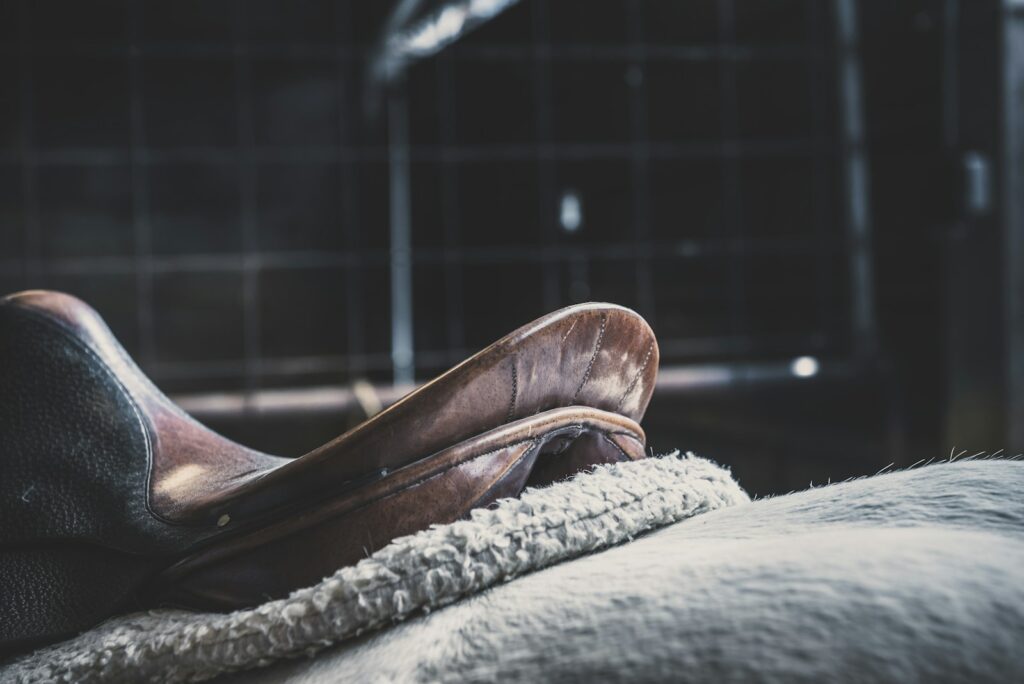
Investing in proper saddle fit makes sound economic sense, even though the initial costs of professional fitting services or custom saddles may seem significant. Veterinary bills for treating back issues, muscle atrophy, or behavioral problems stemming from poor saddle fit often far exceed the cost of preventative fitting services. Additionally, horses who work comfortably typically advance more quickly in their training, potentially saving thousands in training fees over time. The resale value of a horse maintained with proper equipment is generally higher than one with chronic back issues or behavioral problems resulting from pain. For competitive riders, the improved performance facilitated by correct saddle fit can translate to better placings and increased prize money or breeding value. When viewed as a long-term investment in the horse’s career and welfare, quality saddle fitting services and appropriate equipment represent one of the most cost-effective decisions an equestrian can make.
The Role of Professional Saddle Fitters
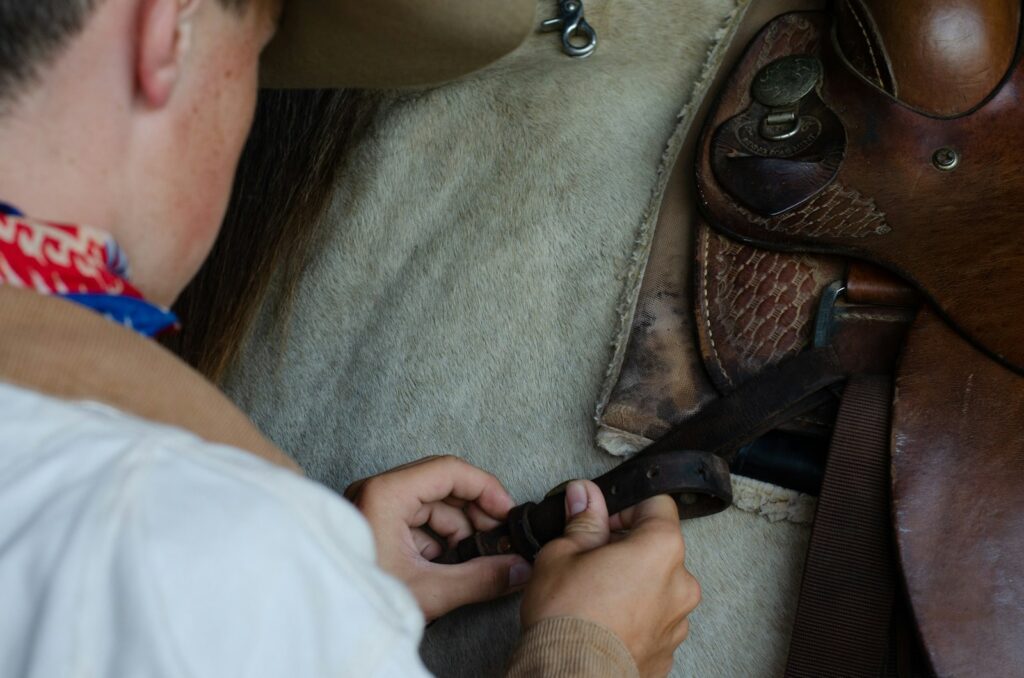
Professional saddle fitters play an invaluable role in equestrian wellness, bringing specialized knowledge and tools to the assessment process. Trained fitters understand the subtleties of equine anatomy and can identify issues that might be invisible to even experienced riders. They utilize pressure mapping technology, specialized measuring tools, and systematic evaluation methods to assess fit with precision rather than guesswork. Beyond initial fitting, these professionals can recommend appropriate padding solutions for horses with conformational challenges or advise on saddle maintenance as horses change shape throughout training seasons. Many saddle fitters also work collaboratively with veterinarians, chiropractors, and trainers to address complex cases where multiple factors affect the horse’s comfort and performance. The objectivity provided by a professional fitter often resolves situations where riders have become accustomed to their horse’s compensatory movements or subtle signs of discomfort.
Regular Reassessment: Why Saddle Fit Changes
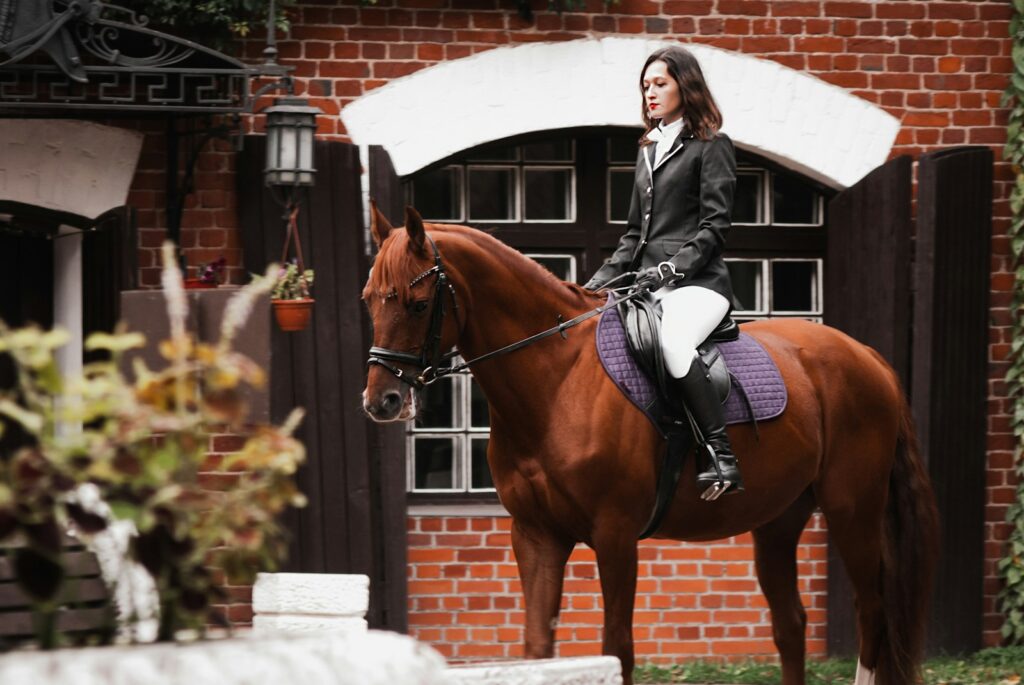
Saddle fit is not a one-time consideration but requires regular reassessment as both horse and rider evolve. Young horses change shape dramatically as they mature and develop muscle, potentially outgrowing a perfectly fitted saddle within months. Seasonal changes affect many horses, with summer fitness programs building topline muscle that may decrease during winter months. Major life events such as pregnancy, injury recovery, or changes in work intensity can all dramatically alter a horse’s back shape. For riders, weight fluctuations, fitness improvements, or injuries may change their balance and position in the saddle. Even the saddle itself changes over time as flocking compresses, leather stretches, or tree integrity alters with use. Most experts recommend reassessing saddle fit at least twice yearly for mature horses in consistent work, and more frequently for young horses or those undergoing significant training changes.
The Impact of Proper Padding and Accessories
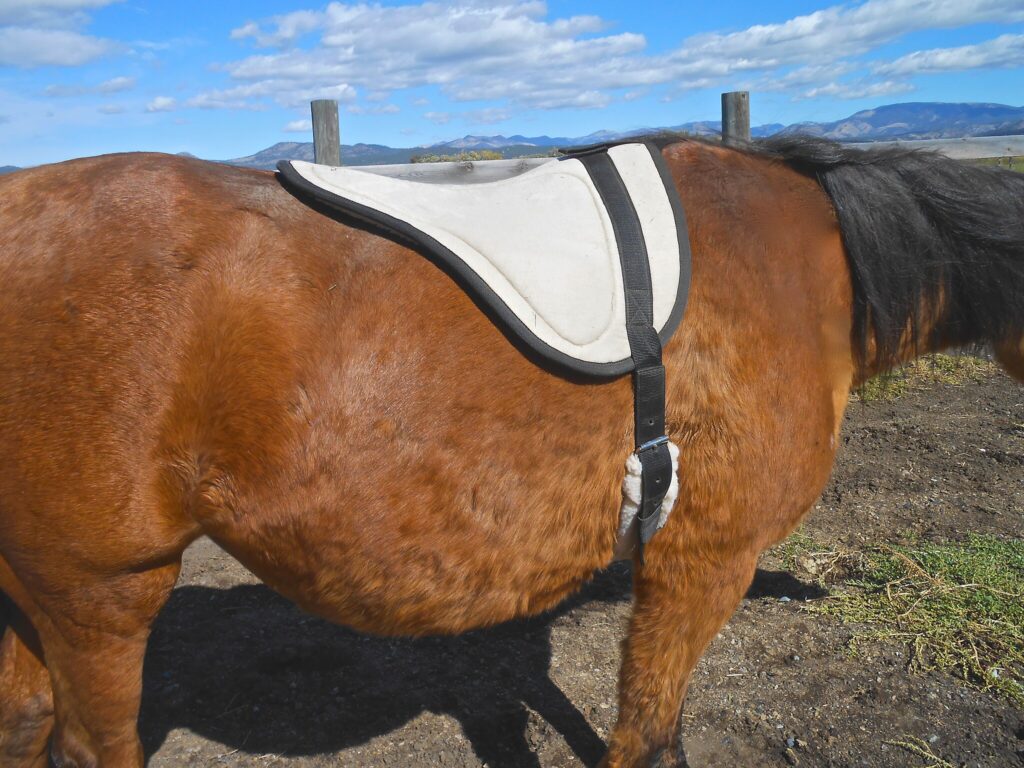
Saddle pads, numnahs, and other accessories play supporting roles in overall saddle fit, though they cannot compensate for a fundamentally ill-fitting saddle. Quality saddle pads provide appropriate shock absorption and wicking properties without creating pressure points or excessive bulk that might alter the saddle’s position. Specialized padding solutions can address minor fitting issues or provide additional support for horses with conformational challenges, such as asymmetrical muscling or prominent withers. However, excessive shimming or overly technical padding arrangements often indicate a need to reassess the basic saddle fit rather than attempting to force compatibility. Half pads with memory foam or gel inserts can be valuable tools when used appropriately, but can also create bridging or pressure points when misapplied. The layering of multiple pads in an attempt to fix fit issues typically creates more problems than it solves, compressing at different rates and creating uneven pressure distribution.
Special Considerations for Different Horse Types
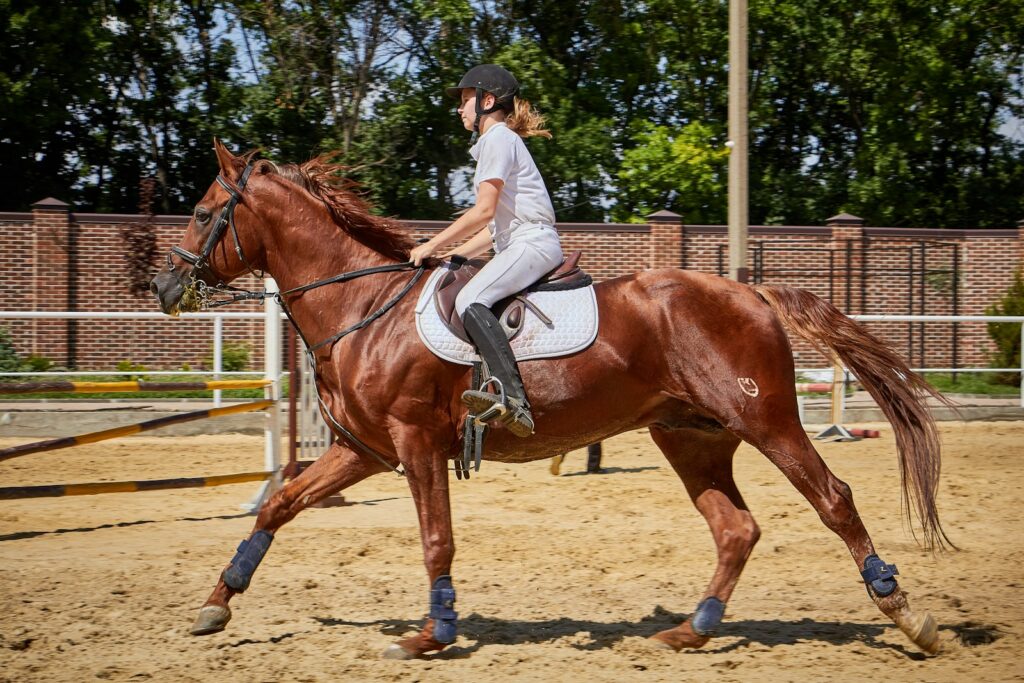
Certain horse types present unique saddle fitting challenges that require specialized knowledge and sometimes creative solutions. Gaited horses, with their distinctive movement patterns and often broader backs, benefit from saddle designs that accommodate their specific biomechanics without restricting their specialized gaits. Draft crosses and very broad-backed horses may require custom tree widths or specialized panel designs to distribute weight properly across their substantial surface area. Horses with prominent withers or “shark fin” conformations need careful attention to gullet clearance and panel design to prevent painful pressure points. Asymmetrical horses, whether from natural development or compensation for past injuries, present particularly complex fitting scenarios requiring experienced fitters who can address the uneven muscling without exacerbating the imbalance. Senior horses with age-related changes such as swayback or loss of topline muscle mass often benefit from therapeutic padding systems or specially designed saddles for aging equines.
Training the Eye: How to Evaluate Basic Saddle Fit
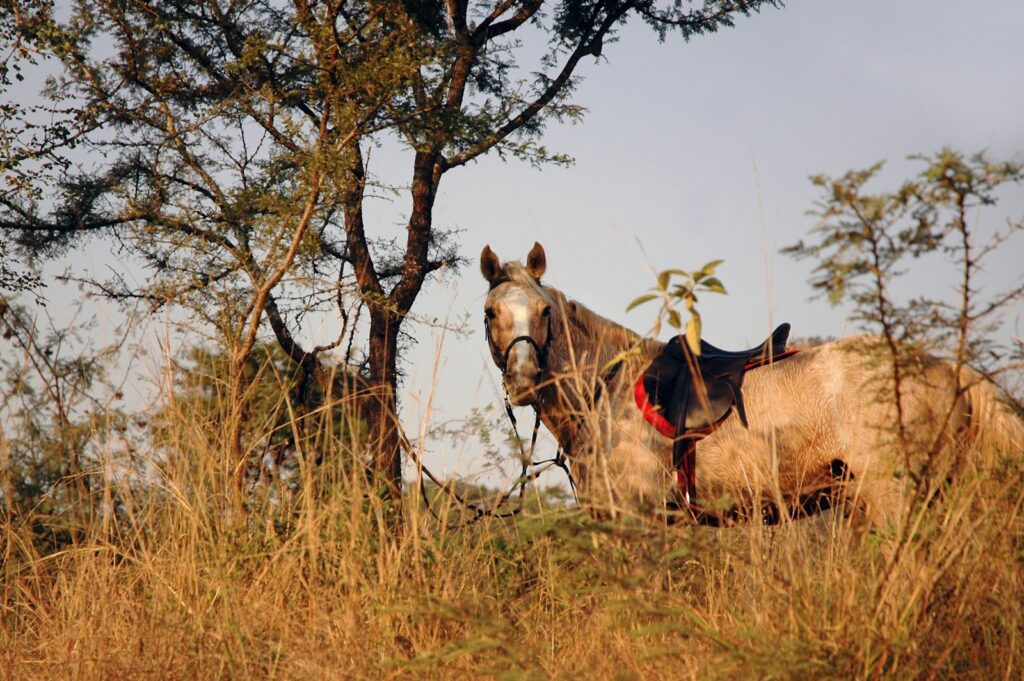
While professional fitters provide invaluable expertise, every rider should develop basic saddle fit evaluation skills to monitor their equipment between professional assessments. Learning to perform a basic static fit check involves assessing several critical areas: the clearance above the withers should allow 2-3 fingers of space vertically, while the panels should make even contact along the horse’s back without bridging or excessive pressure points. Riders should check that the tree points follow the angle of the horse’s shoulder and that the saddle sits level without tipping forward or backward. Dynamic assessment involves watching the horse move under saddle, noting freedom of shoulder movement and whether the saddle remains stable without excessive shifting. Learning to recognize sweat patterns after riding provides additional information, as uneven sweat or dry spots can indicate pressure points or lack of contact. Developing these observation skills allows riders to catch minor issues before they develop into significant problems requiring extensive intervention.
Technological Advances in Saddle Fitting
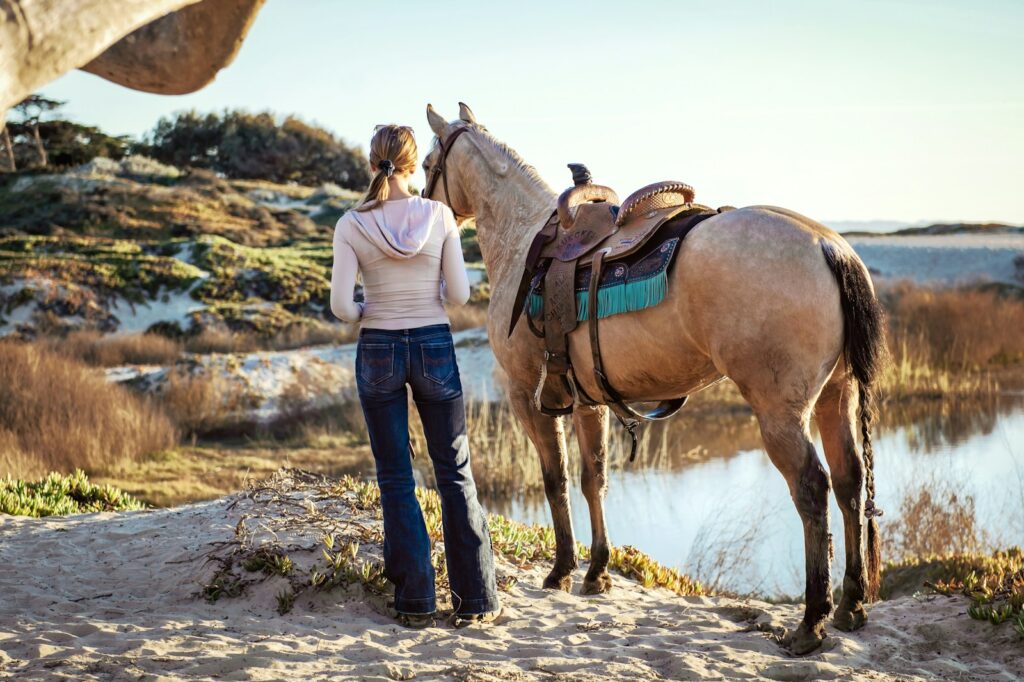
Modern technology has revolutionized the saddle fitting process, providing objective data to complement traditional hands-on assessment. Pressure mapping systems use sensor pads placed between the saddle and the horse’s back to create visual representations of pressure distribution, identifying problematic areas invisible to the naked eye. Thermal imaging cameras can detect subtle temperature variations indicating pressure points or inflammation, even before external symptoms appear. Digital imaging and 3D modeling allow saddle makers to create precisely customized trees based on exact measurements of individual horses. Some innovative manufacturers now offer adjustable tree systems that can be modified as the horse changes shape, potentially providing more sustainable long-term solutions. These technological advances have transformed saddle fitting from an art based primarily on experience and feel to a science with measurable parameters, though the skill of interpretation still requires human expertise.
The connection between horse and rider begins at the point where they meet—the saddle. A properly fitted saddle doesn’t just prevent pain and injury; it creates the foundation for effective communication, athletic development, and a harmonious partnership. The investment in appropriate saddle fit pays dividends not only in performance but in the longevity of the horse’s career and the quality of the experience for both parties. By understanding the principles of proper fit, recognizing signs of discomfort, and committing to regular professional assessments, equestrians demonstrate respect for their horses’ welfare and set themselves up for success across all riding disciplines. Whether you’re a competitive athlete or a recreational trail rider, the importance of saddle fit remains constant—it’s not merely an equipment consideration but a fundamental aspect of ethical horsemanship.

